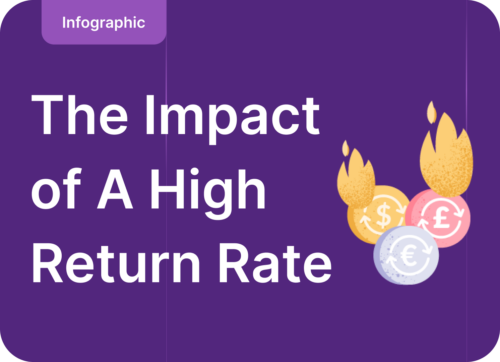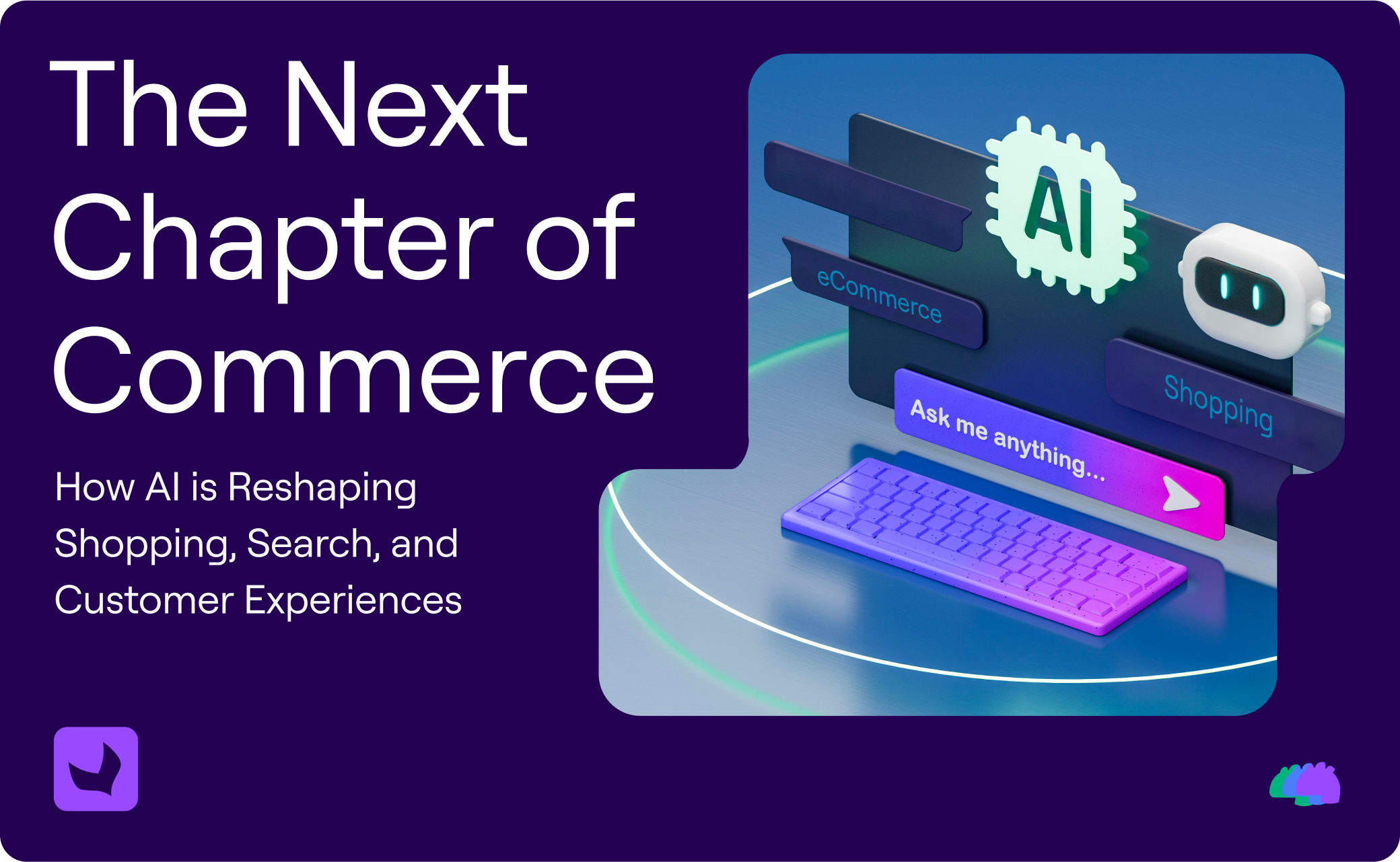Download Now
Oops! Non è stato possibile trovare il tuo modulo.
In this infographic, we dive into some of the unexpected consequences that return rates can have on your business, as well as a step-by-step recommendation for how to mitigate these return rates through your product information.

Let’s talk about it; the dreaded return.
Businesses fear it because of the associated expenses, both in terms of direct costs like shipping, restocking fees, and processing, and indirect costs such as lost sales and negative customer experiences.
And consumers hate the time-consuming and often frustrating process of trying to obtain the item they initially ordered, with 63% of consumers saying that having to return an item gives them a negative view of the retailer.
It’s safe to say that it benefits both the consumer and the retailer to try to minimize the amount of returns. But in a world of “serial returners”, what’s a business to do?
The secret lies in your product information; over half of all consumers (54%) blame the need for a return on incorrect pre-purchase product information.
In this infographic, we dive into some of the unexpected consequences that return rates can have on your business, as well as a step-by-step recommendation for how to mitigate these return rates through your product information.
Oops! Non è stato possibile trovare il tuo modulo.

Discover how AI is reshaping the way consumers search for, discover, and interact with products, and what businesses need to do to keep up. Packed...
Leggi il whitepaper

In un mercato sempre più competitivo, i consumatori sono diventati molto attenti ai dettagli e non si accontentano più di un buon prodotto o di una...
Leggi il whitepaper